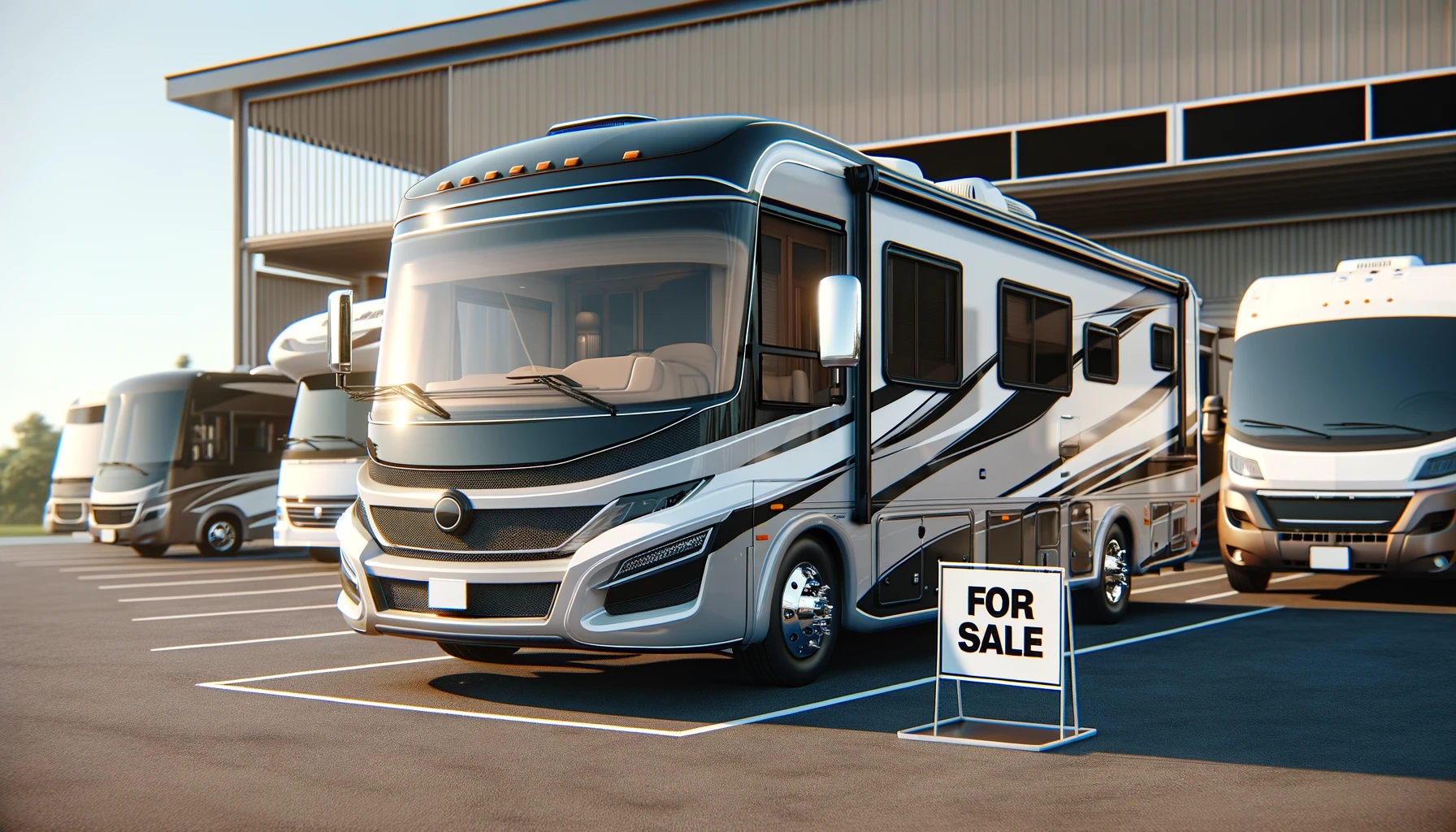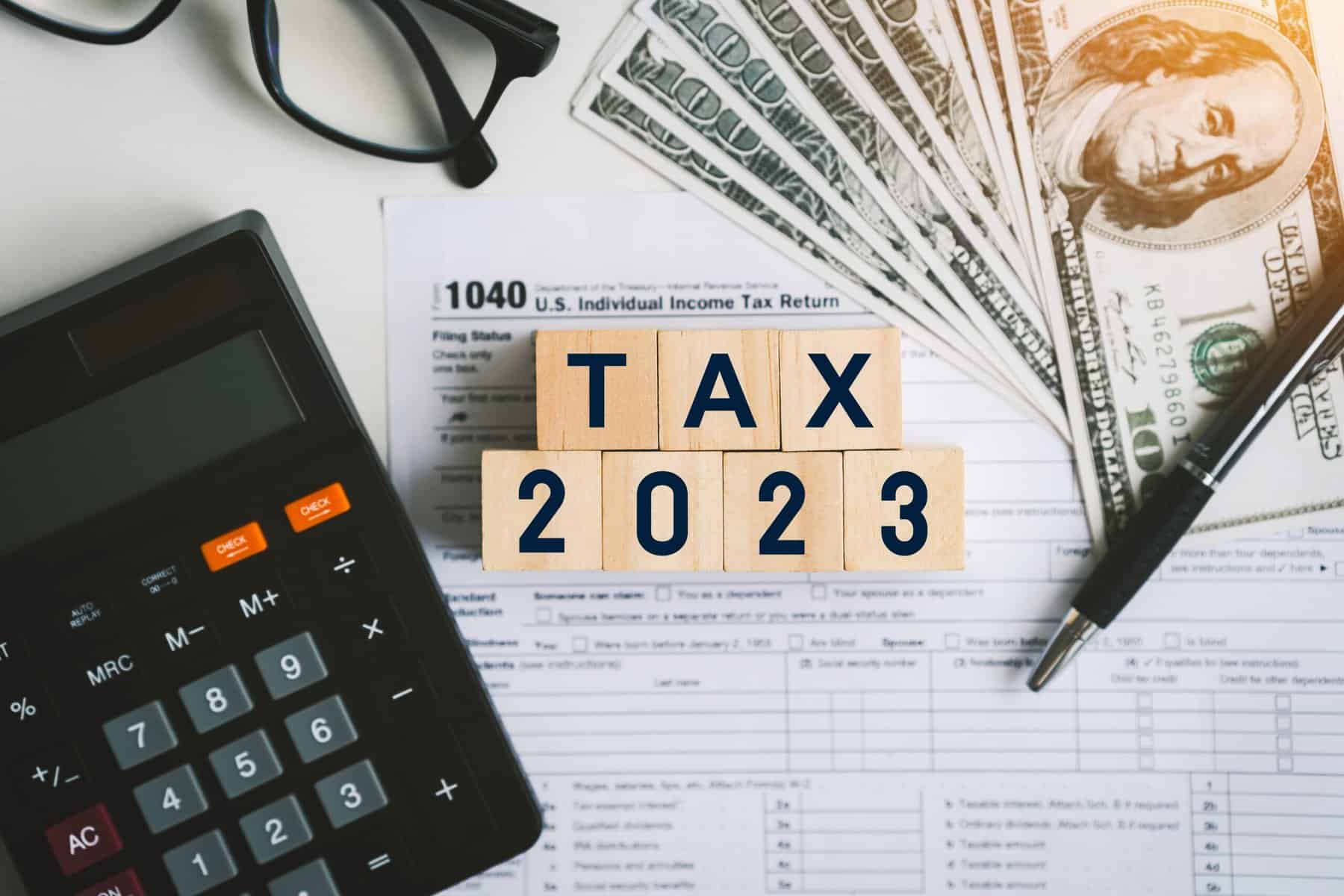When you’ve finally found the perfect recreational vehicle for you and your family, securing RV loan financing is usually a crucial next step. Given that currently RVs can range in price from $40,000 to $700,000, and even exceed $1 million dollars, understanding your borrowing options is key.
Whether you’re buying a new or used RV, dealing with an RV dealer’s financing department, or opting for a bank you already work with, it’s essential to have your financial “ducks” in a row. This guide to RV loan financing will walk you through what you need to know to buy an RV.
RV Loan Financing Basics
An RV loan is more like a residential house mortgage rather than an auto loan. Repayment terms tend to be longer than for autos, with RV loans going up to 20 years long. But RV loans also differ from a house mortgage in the following ways:
Where to find RV financing
There are three main ways to finance an RV, each with its own advantages:
- RV Dealer Financing: Often convenient, but compare rates of other institutions to ensure competitiveness.
- Bank or Credit Union Loans: These RV lenders usually offer secured loans with potentially lower rates.
- Online Lenders: For unsecured loans, albeit at higher interest rates.
Pre-approval can strengthen your position in negotiations at an RV dealership. Besides dealership financing, consider your bank or credit union, especially if you have an existing relationship. A track record at an institution may give you better loan terms, especially if you have good credit scores. Online lenders are always an alternative, especially for unsecured loans. Just be prepared to pay high rates.
The best credit scores get the best loan rates.
A strong credit score is always helpful. Your credit score determines how lenders rate your likelihood to pay back borrowed money. If you have a good credit score in the 660 to 700 range (or higher), lenders will love you!
But if your credit score is lower, don’t worry. Bad credit RV loans do exist, though with higher interest rates. And be patient: there’s lots you can do to improve your credit score and get a better RV loan rate in a few months. Making timely bill payments and reducing if not eliminating your credit card debt makes a difference.
- You can find out your credit store at no charge. A free credit report is available at AnnualCreditReport.com, which compiles your scores from the three major credit bureaus, Equifax, Experian, and TransUnion.
4 Steps to Prepare for Your RV Loan Application
Getting approved for an RV loan is a straightforward process with the right preparation. Finding the best RV loan for your income level requires a good grasp on what you can afford to buy. It means knowing how to improve your credit score if necessary. If you follow these four steps before you ever apply with a lender, you will be in the best position to secure the ideal RV financing option for your dream RV.
Step 1: Get a grasp on your finances. Your goal is to determine a comfortable monthly payment and RV loan terms. Go to an RV loan calculator to find out what a payment might look like for the RV you want.
Step 2: Gather your proof-of-income documentation. Lenders will require proof of income that verifies your ability to repay the RV loan. Be prepared with paperwork like your most recent tax return, pay stubs, and evidence of steady employment. If you are self-employed, you may need to create a Personal Financial Statement and provide at least three years of tax returns.
Step 3: Know how much of a down payment you can give. Expect to put down about 5 to 10% of the RV value. Of course, a larger amount can be beneficial, especially if you don’t have a higher credit score. A large down payment plays a significant role in reassuring lenders of your financial responsibility, potentially allowing you to get a better RV loan rate and RV loan payment terms.
Step 4: Calculate your RV cost of ownership. Owning an RV always includes additional expenses like average cost of maintenance, fuel, and accessory costs (towing setup, generators, RV solar upgrades, etc.). The cost is different for every type of RV. Look up the average cost of RV ownership for the model you want. Google “Cost of ownership for (RV year, model, and make).”
Other borrowing costs to think about
Don’t forget to factor in the cost of RV insurance, which is essential for protecting your investment. Plus, any lender will require you to have RV insurance. They want to protect their investment too!
You may also want to consider budgeting for an extended warranty. Most RV dealers will roll them into the loan cost at the time of sale. But lenders only give you so many days to decide if you want this extra protection that covers the cost of unexpected repairs on your new RV.
Don’t forget to look for hidden fees, like prepayment penalties or late charges on loan payments.
Can you use a home equity loan to buy an RV?
Yes, in most cases you can use a home equity loan to finance an RV. But here’s why that is a dumb idea. For starters, a home is an appreciating asset, and an RV is a depreciating asset. This means you gain equity on your home, but you lose it on your RV. Financing a depreciating asset means you are paying more than the actual value of that item. Most importantly, home equity loans use your primary home as collateral. If you can’t afford your RV loan payments, your home will be at risk of foreclosure.
The best way to get an RV loan is to first understand how financing affects the total cost of owning an RV. Sure, longer loan terms might reduce monthly payments, but low RV loan payments also increase the total interest paid on your loan amount. This means you will end up paying far more for that pretty coach, Class B van or Class C motorhome, than if you had paid cash up front, or made a bigger down payment. If you can’t afford the RV loan payment itself, that RV lifestyle you dream about won’t be as nice as you want it to be.
Remember, the goal is not just to make an RV purchase, but to enjoy it without financial strain. Choose your RV loan terms wisely.


